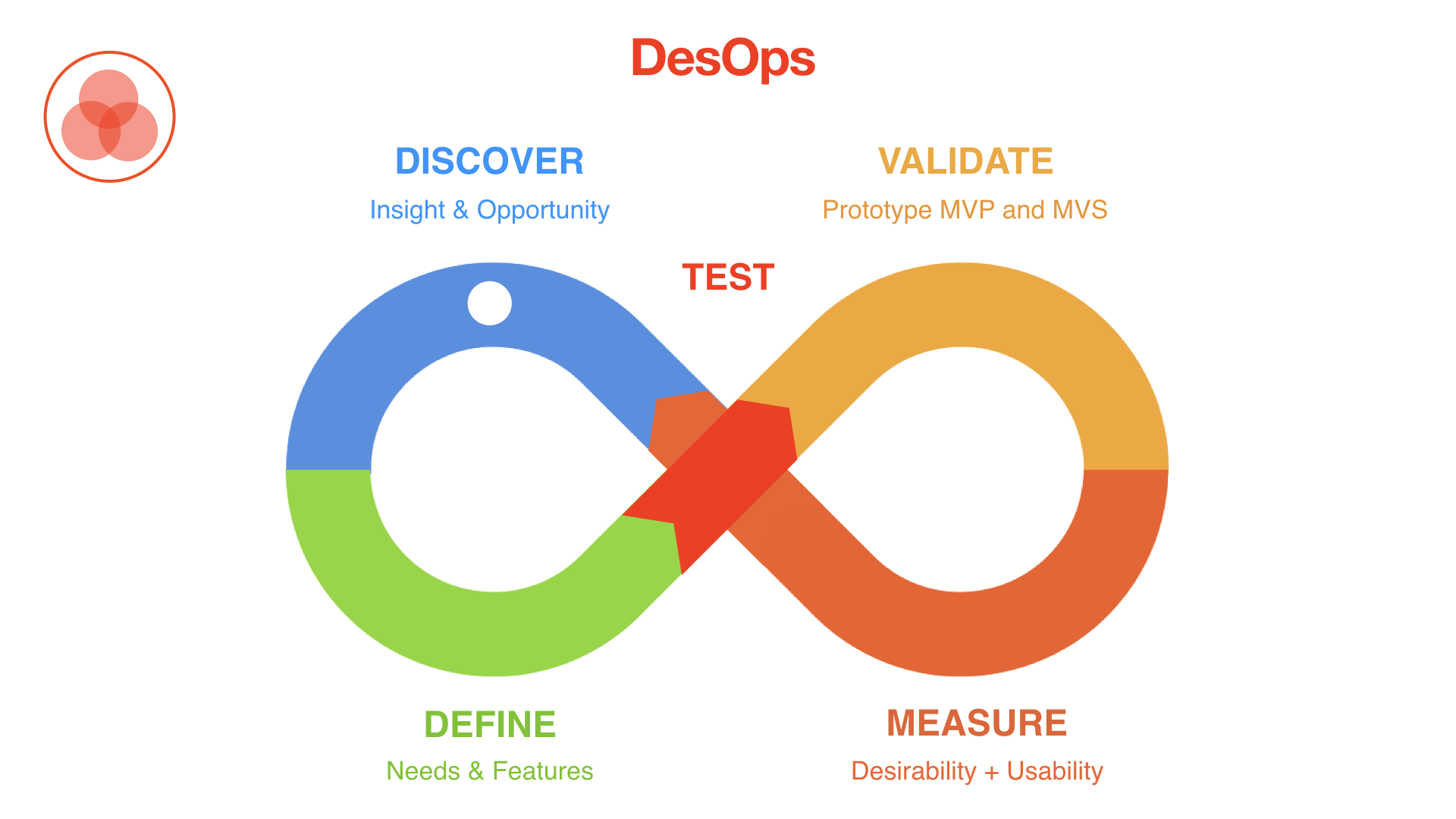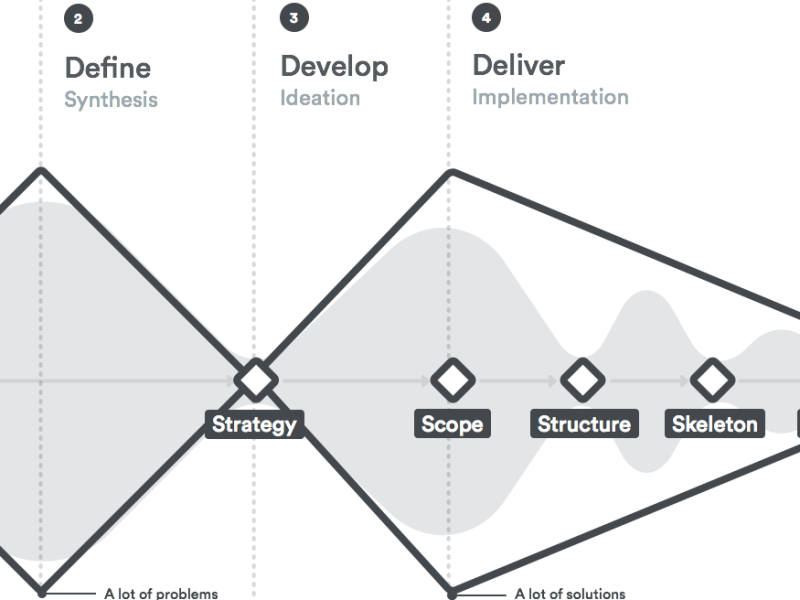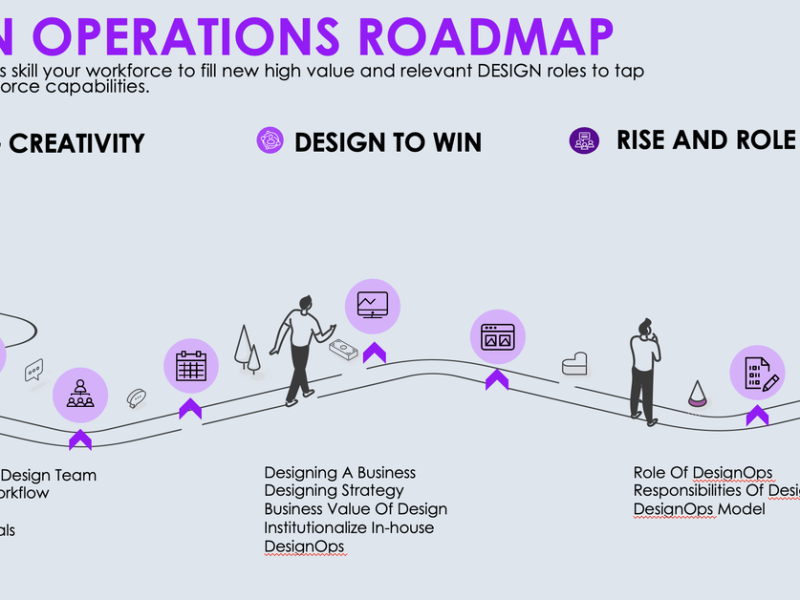Driving Design Transformation at Scale
In the fast-evolving world of Industry 4.0, where technologies like AI, IoT, and machine learning shape the future of business, design is no longer an isolated discipline.
Instead, it has become a critical driver of transformation, enabling organizations to adapt and thrive. A key component of this evolution is Design Operations (DesignOps or DesOps), a framework that optimizes design practices to deliver at speed and scale.
Below, we explore the evolution of design, the principles of DesignOps, and how it supports organizations in leveraging the potential of Industry 4.0.
The Evolution of Design: From 1.0 to 4.0
Design has undergone significant transformations over the decades, aligning itself with technological advancements:
- Design 1.0: Tools like pen, paper, and rulers characterized this era, relying solely on human creativity.
- Design 2.0: The introduction of computer-aided design (CAD) revolutionized the field, enabling efficiency while still relying on human operators.
- Design 3.0: Knowledge-based systems began to assist human designers, learning from their actions to improve outcomes.
- Design 4.0: This current phase integrates semi-autonomous and fully autonomous systems, leveraging AI, machine learning, and advanced analytics. It bridges the gap between humans and machines, fostering innovative products and services tailored for the Outcome Economy.
What is DesignOps?
DesignOps operationalizes design processes by systematizing tools, workflows, and collaboration models. It sits at the intersection of BizOps, DevOps, and ResearchOps, creating a seamless framework to deliver agile, data-informed solutions. The approach focuses on:
- Speed and Scalability: Streamlining workflows to reduce time-to-market.
- Collaboration: Enhancing cross-disciplinary teamwork.
- Agility: Enabling rapid pivots based on user and market feedback.
By aligning design with business and technical operations, DesignOps empowers teams to create user-centric, data-driven outcomes efficiently.
Strategic and Tactical Design in Industry 4.0
In Industry 4.0, design must balance strategy and execution. Service, experience, interaction, and visual design form a continuum that supports:
- Strategic Vision: Aligning design goals with business objectives.
- Tactical Execution: Implementing iterative processes that adapt to real-time feedback.
Key frameworks like Design Thinking and Human-Centered Design (HCD) remain relevant but now integrate advanced tools for data collection, analysis, and rapid prototyping. This evolution allows companies to:
- Gather qualitative and quantitative insights.
- Respond dynamically to user preferences and behaviors.
- Deliver tailored experiences in real-time.
The Role of Data in DesignOps
Data-informed strategies are at the core of Design 4.0. Modern design leverages:
- Machine Learning and AI: Automating data analysis to uncover actionable insights.
- Cognitive Computing: Enhancing decision-making and hypothesis testing.
- Real-Time Feedback Loops: Enabling continuous improvement through iterative cycles of design, build, test, and measure.
Incorporating these elements ensures organizations remain competitive in the Outcome Economy, delivering solutions that align with user needs and business goals.
Principles of DesignOps
Successful implementation of DesignOps requires adherence to these guiding principles:
- User-Centric: The entire team is accountable for the user experience, even if designers lead the charge.
- Agility: Rapid iterations through the “design, build, test, measure” cycle ensure timely delivery and continuous refinement.
- Automation: Automate repetitive tasks to free up creative capacity.
- Operational Efficiency: Use standardized toolchains and workflows to enhance collaboration and output consistency.
- Outcome Focus: Prioritize measurable outcomes over feature releases to ensure real user and business value.
- Speed: Leverage sprints to maintain momentum while staying flexible enough to pivot when needed.
Building a DesOps Culture
Adopting DesignOps goes beyond processes and tools—it’s about fostering a culture of innovation and collaboration. Here are the foundational elements:
- Focus on User Outcomes: Measure success by how well user needs and goals are met, not by the volume of features delivered.
- Diverse and Empowered Teams: Encourage cross-disciplinary collaboration and empower teams to take ownership of ideas and execution.
- Iterative Mindset: Treat every delivery as a prototype, continuously refining and improving.
Final Thoughts
As organizations navigate the complexities of Industry 4.0, DesignOps emerges as a critical enabler of success. By operationalizing design, fostering collaboration, and leveraging data, companies can deliver innovative solutions at scale.
Embracing DesignOps is not just about optimizing processes; it’s about transforming how businesses think, design, and deliver value in a rapidly changing world.
To stay competitive, start by embedding DesignOps principles into your workflows and building a culture that prioritizes user-centric, outcome-driven innovation.
Further Reading:
Stay tuned for more insights on how design is shaping the future of business and technology!
This post is based on Pete Fossick’s LinkedIn article.


